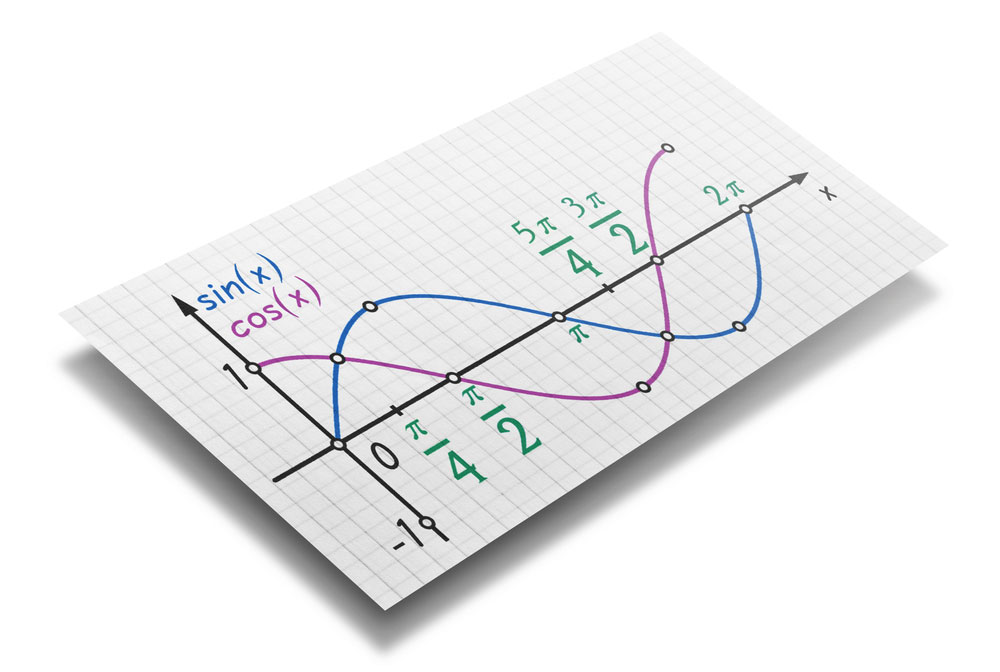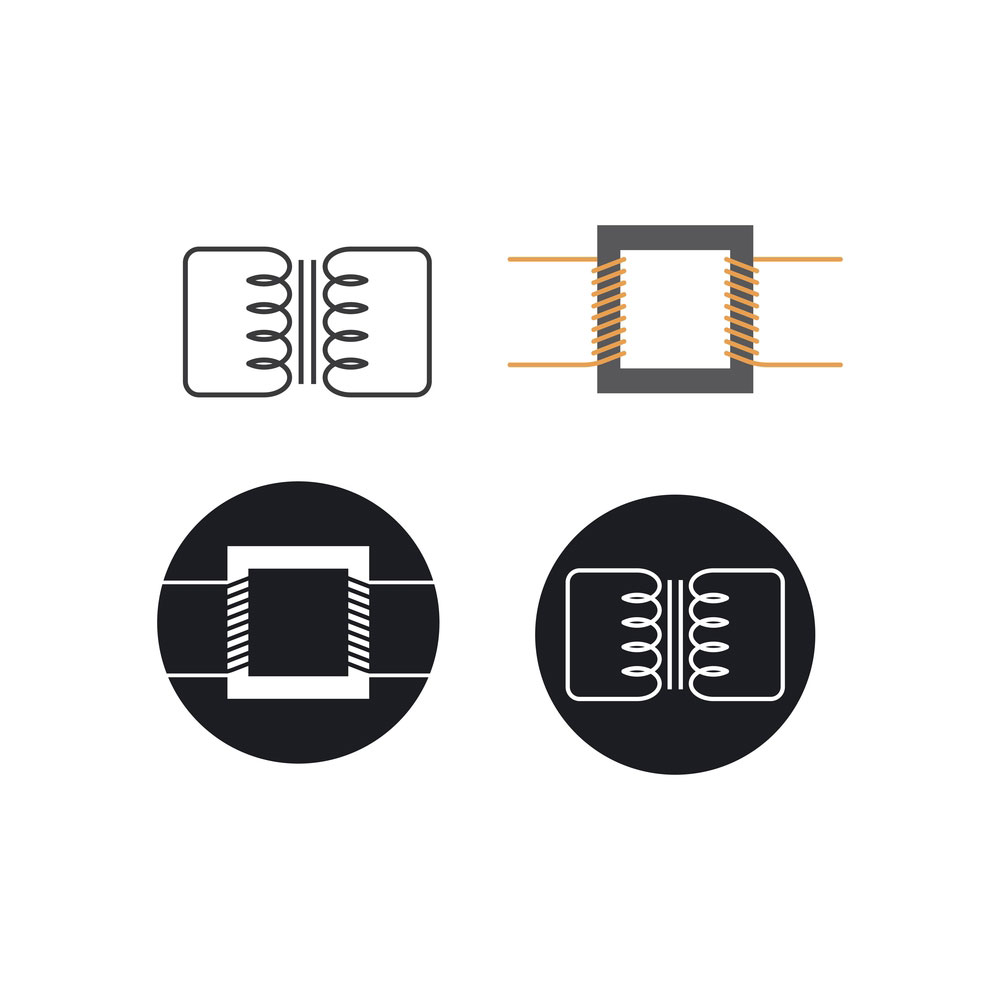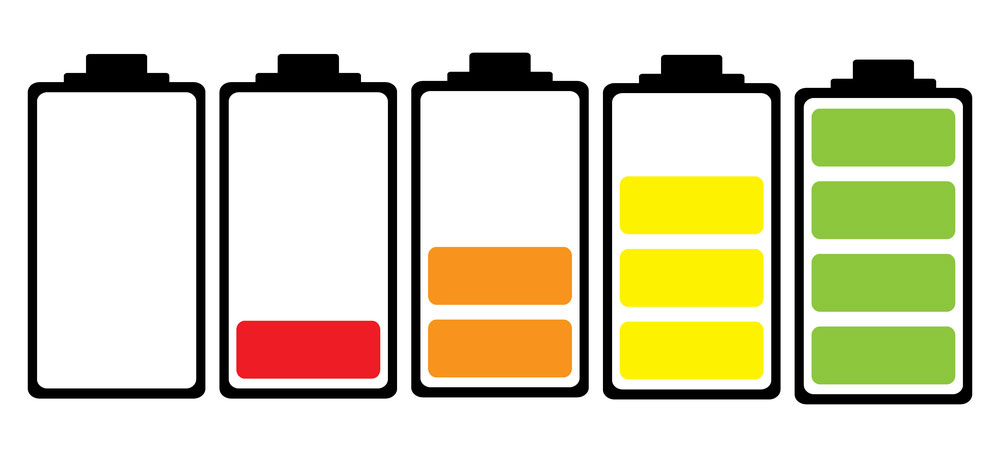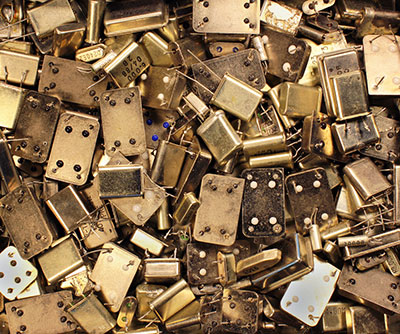Contents
- How Does a Power Inverter Work?
- In PCB Manufacturing, Quality Drives Power Inverter Performance
- The Three Stages of a Power Inverter
- Oscillator
- Amplifier
- Output Power Transformer
- Common Faults and Maintenance Techniques of Power Inverter
- · A Faulty Power Switch
- · A Faulty Battery or Loose Connections
- · Power Inverter Troubleshooting--Inverter not turning on
- · Shortened backup time
- · Power Inverter Troubleshooting--Tripped inverter
- · Power Inverter Troubleshooting--Power inverter working in just the inverter mode
- · Alarm beeping continuously
- · Power Inverter Troubleshooting--Power inverter LCDs false codes
- · Power Inverter Troubleshooting--Noise coming out from Power inverter
- Conclusion
How Does a Power Inverter Work?
Most modern power electronics use alternating current or AC electric power. However, some power sources such as batteries and solar produce direct current (DC). To make the most out of that power, an inverter converts it from direct current (DC) to alternating current (AC).

Power inverter application
The special circuitry in a power inverter essentially takes in input from a unidirectional DC power source. The output from the inverter then mimics AC outlets whenever there is a power failure and a need to power an electric device. It is an oscillator circuit that quickly switches the polarity of the DC power source. It results in a square wave that has a peak similar to the input voltage. That square wave is, however, still not ready for use in most electronic devices and circuits. The ideal state of the alternating current, which is the output waveform, is a sinusoidal waveform.

Sine wave
Additional components, including capacitors and inverters, smooth out the current waveform produced by the inverter's oscillatory circuit. The result is the desired sinusoidal waveform. Most modern and advanced power inverters do this automatically.
Special Offer: Get $100 off your order!
Email [email protected] to get started!
In PCB Manufacturing, Quality Drives Power Inverter Performance
Power inverters rely on expertly designed circuit boards to efficiently convert DC to AC and handle demanding applications. As a trusted PCB manufacturer, OurPCB provides high-quality boards that support reliable inverter systems. From oscillator circuits to control modules, our PCBs ensure precise energy conversion and stable performance.
The Three Stages of a Power Inverter
Aside from understanding the basic principles of a power inverter's operation, one must also know its parts to fix issues. Fundamentally, inverters comprise a total of three stages. These key features are detailed below:
Oscillator
As its name suggests, the oscillator stage of the power inverter is what generates the oscillating pulses. It does this either through an integrated circuit or a transistorized circuit. The oscillations from these circuits come about through alternating the DC power source's positive and negative or ground input voltage peaks in a particular frequency. Square waves are what arise from these oscillatory circuits. However, as we stated earlier, these are not the desired output. They are usually too weak to drive current output transformers. As such, they need to be fed to the next stage of the power inverter.
Amplifier
Amplifiers or boosters have a straightforward job in the power inverter. Their work is to take in the oscillating frequency and suitably magnify it to high current levels. It does that using metal–oxide–semiconductor field-effect transistors (MOSFETs) or power transistors. That is not the final stage, though.

Transistors
The output from the amplifier is a magnified alternating current (AC). However, the supply voltage remains at the same level as the direct current (DC) source. In that state, it is still not sufficient to power some electronics. It is especially true for those that have high voltage AC ratings. That is where the next stage of the power inverter comes in.
Output Power Transformer
The work of output power transformers is to step up the applied input alternating current (AC) to higher specified levels. They work through magnetic induction, producing an induced stepped-up voltage that can finally power various electronic devices and equipment. An AC output voltage from the inverter works like a normal mains AC source. It can be connected to a household plug to power a light bulb, smart cooling fan, audio equipment, mobile devices, battery chargers, gaming consoles, and a coffee maker, among other things.
Check out our detailed guide on how to set up and optimize the Raspberry Pi PoE HAT for efficient power and networking.

Transformer circuit
Common Faults and Maintenance Techniques of Power Inverter
· A Faulty Power Switch
Power inverters not turning on is a common issue, and the switch is usually the culprit. Troubleshooting the switch is as simple as checking whether it is working or not. The best thing to do is unplug it from the power inverter and plug it into a different appliance. If the appliance also fails to turn on, you might have a defective switch in your hands. You will thus need to visit a professional technician or order a replacement unit online. Switches can be easy to replace if you want to do it yourself. Just make sure you get the best parts.

Switch
· A Faulty Battery or Loose Connections
Sometimes, battery power inverters fail to turn on because of issues with the battery itself. It could be loose connections to the battery. Handling this is simple. All you need to do is tidy those connections up, then tighten them up and try again. If that does not work, the problem may be related to rusting or corrosion in the battery. Cleaning the battery with a solution of hot water and baking soda could remedy this problem. If that still doesn't work, it could mean that the battery is dead. A replacement would then be the best way forward.

Battery
· Power Inverter Troubleshooting--Inverter not turning on
If your power inverter is not turning on, there could be a few things you can do. Start by checking the battery power or voltage, the connections, and components like the fuse. If these preliminary checks are not much help, contacting a professional technician would be your best bet.

Switched On
· Shortened backup time
It is usually a result of two things. There could be too much power consumption. It could also be because the battery/power source has not been properly charged. If shortened backup time is due to excessive power consumption, reducing the load will be the best fix. Ensuring the battery gets enough charge is also very important in troubleshooting this issue.

Battery Level
· Power Inverter Troubleshooting--Tripped inverter
Fixing a tripped inverter is usually as easy as pressing and holding down on the reset button. Resetting often works well, but in case it does, you may need to resort to replacing the unit.
· Power Inverter Troubleshooting--Power inverter working in just the inverter mode
Firstly, check the power cable and ensure that the connection is correct. If the problem is the fuse, replacing this component will sort out the problem. It is usually a result of the fuse getting melted or the input being improperly connected. Sometimes it could also result from an input protector or surge protection device is on. That switches the power inverter to inverter mode. For this, ensure you specify a wide range on the uninterruptible power supply (UPS). Where possible, install a voltage stabilizer.
· Alarm beeping continuously
It is often due to either a fun that is stuck or an overload. Please ensure that it can move freely to keep the unit cool and to operate within the optimum temperature. It will keep beeping otherwise until you turn it off. If the beeping is due to an overload, you will need to shed off some extra load. If you need more output wattage, a more powerful inverter will be a great purchase.

Alarm
· Power Inverter Troubleshooting--Power inverter LCDs false codes
For the power inverters that come with digital displays, sometimes they may relay unrecognizable or false codes. That usually indicates a serious internal fault that can be rather hard to diagnose alone. It often means that some part of the inverter circuit needs to be replaced. It could also be an external technical issue affecting its operation. If it is an external issue, you can begin by checking the battery cables. After that, check the wires at the input and output or the load. Otherwise, reach out to a professional technician for assistance.

Liquid Crystal Display
· Power Inverter Troubleshooting--Noise coming out from Power inverter
If the noise you hear from your power inverter is not normal, you may have a problem. Thankfully, most times, it just means that the fan may be clogged up. You can either clean it or replace it if it has sustained too much damage. If possible, make sure the replacement fan is a smart cooling fan. It is one of the safety features that will keep your inverter working.

Fans
Conclusion
Taking good care of your power inverter is key to its longevity. For the best assistance with that, you can always reach out to the professional staff. For PCB components that you would use in your inverter, you can also head over to us.
Special Offer: Get $100 off your order!
Email [email protected] to get started!






